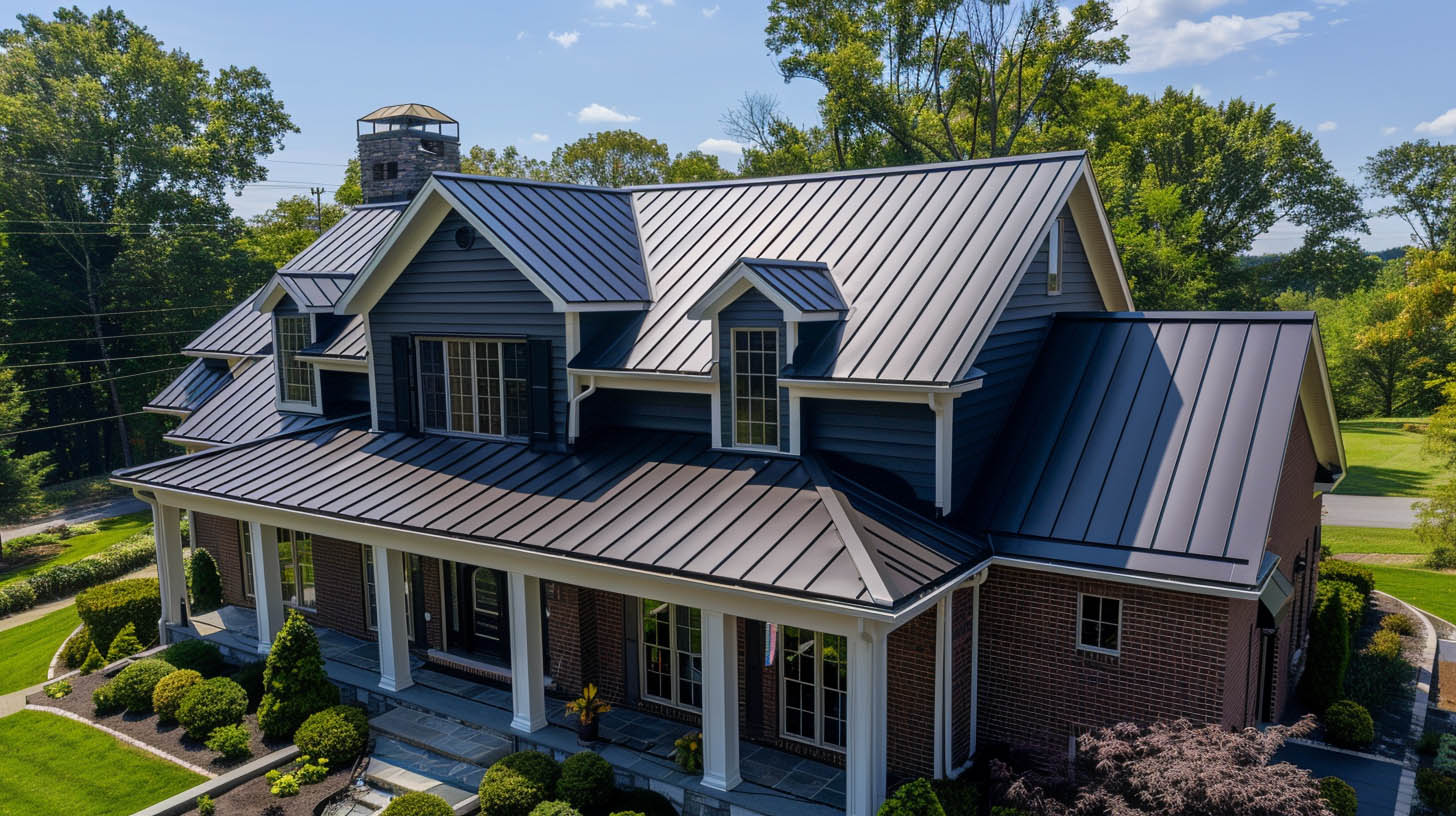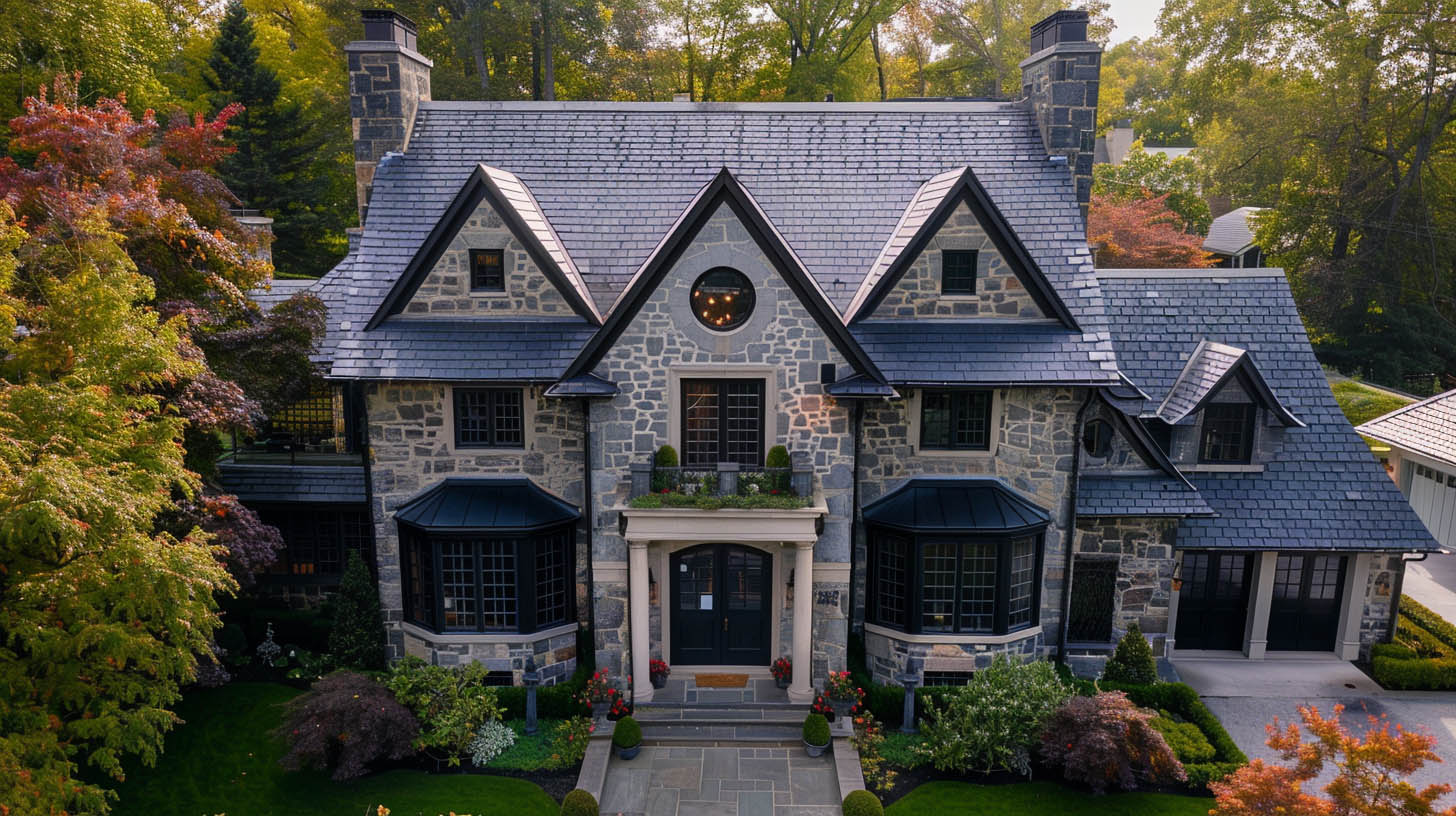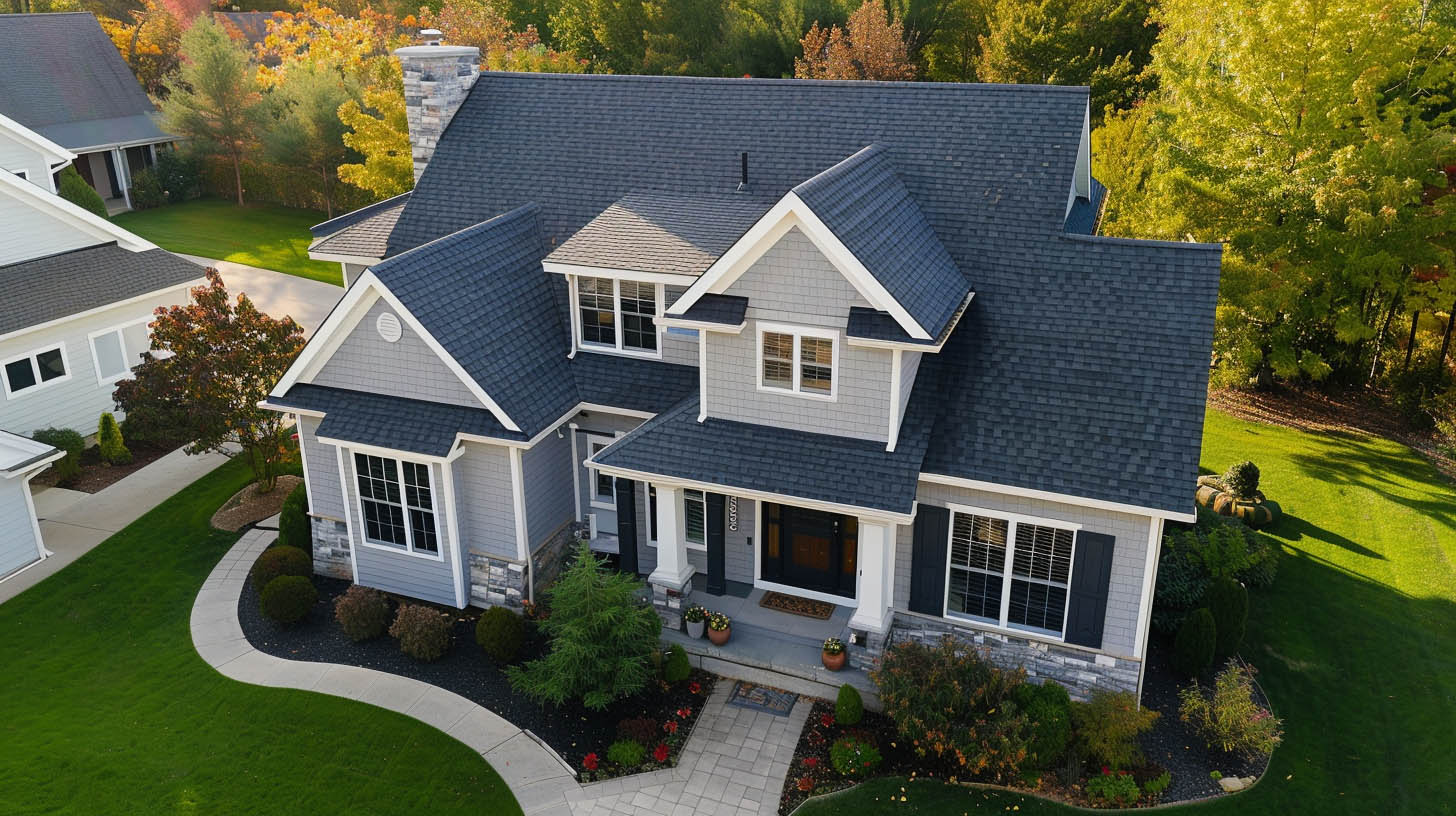
Feasibility of Metal Roofing Over Shingles
The prospect of installing a metal roof over shingles without the need for a complete tear-off is indeed viable. However, several critical factors must be meticulously evaluated:- Initial Roof Inspection: A thorough examination of the current shingle roof is imperative to identify any severe damage or existing multiple layers, which might complicate or even negate the feasibility of a metal roof installation.
- Surface Flatness: Since metal roofing panels require a uniform surface for optimal installation, any underlying irregularities, such as buckling or curled shingles, must be rectified beforehand.
- Ventilation and Insulation: Adequate roof ventilation and insulation are crucial to mitigate moisture accumulation and ensure thermal efficiency, essential factors in prolonging the lifespan of the roofing system.
- Underlayment Installation: A high-quality roofing underlayment should be laid over the shingles to serve as an additional moisture barrier, safeguarding against potential leaks and condensation issues.
Strategic Advantages and Limitations
While the approach of overlaying a metal roof offers certain benefits, including reduced labor and disposal costs associated with shingle removal, it is accompanied by inherent challenges:Challenges and Solutions
- Weight Considerations: An evaluation by a structural engineer is necessary to confirm if the existing roof structure can support the additional weight of a metal roofing system without compromising its integrity.
- Surface Compatibility: The necessity for a flat, uniform surface underscores the importance of addressing any discrepancies in the shingle layer to ensure a seamless metal roof installation.
- Installation Complexity: The process may involve installing battens or furring strips over the shingles to create a level platform for the metal panels, introducing additional steps and potential costs.
- Moisture Management: The risk of trapped moisture between the shingle and metal layers requires a strategic approach to insulation and ventilation to prevent mold, mildew, and corrosion.
- Economic Considerations: The apparent cost-saving benefits must be weighed against the potential for increased material and labor costs, as well as the need for structural modifications.
- Impact on Roof Lifespan: The condition of the underlying shingles can influence the longevity of the metal roof, underscoring the importance of a thorough pre-installation assessment.
Navigating Warranty and Efficiency Concerns
- Manufacturer Warranties: It is crucial to understand the terms and potential limitations of warranties offered by metal roofing manufacturers, especially regarding installations over existing shingles.
- Energy Efficiency: Metal roofs are lauded for their reflective properties and thermal efficiency. However, the insulating effect of the shingle layer may slightly diminish these benefits, necessitating careful planning to maximize energy performance.


